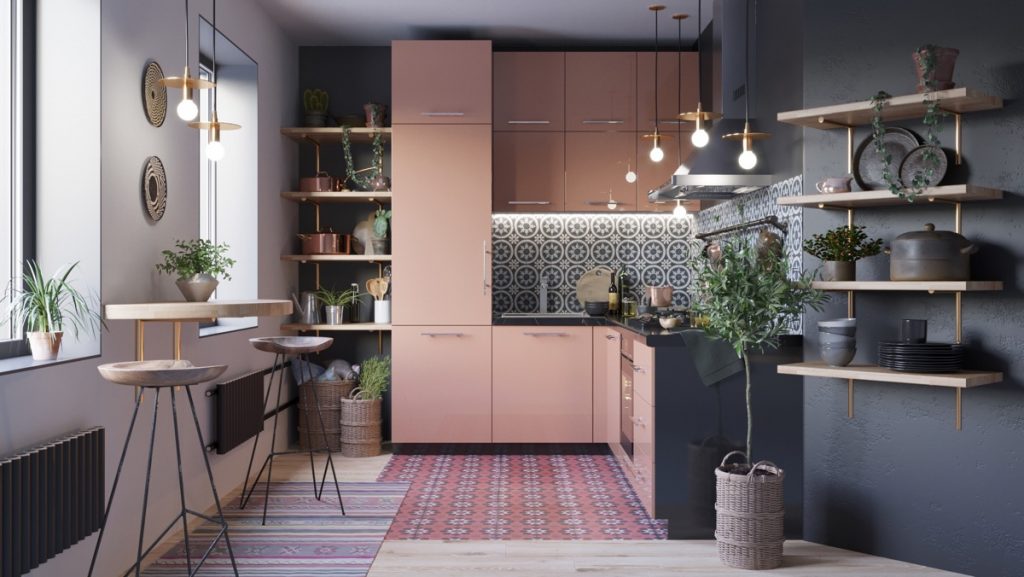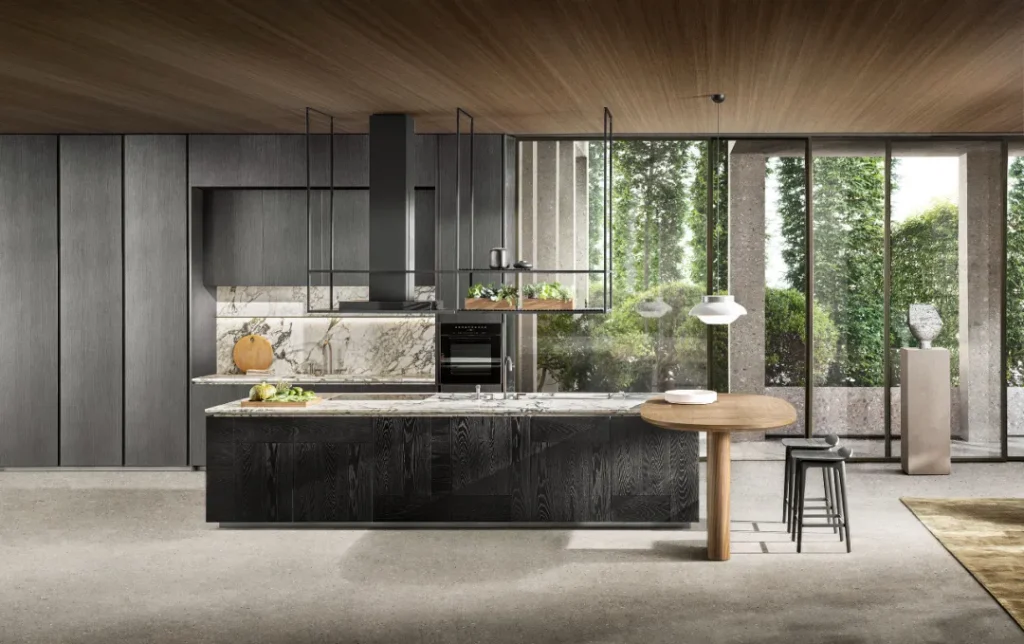Matching Wall and Ceiling Lights: The Complete Guide

Introduction
Lighting is an essential element of interior design, and it can significantly affect the ambiance and mood of a room. When deciding on lighting fixtures for your home, it’s important to consider both function and aesthetics. Wall and ceiling lights are popular choices for illuminating living spaces because they can provide a range of lighting effects and can complement each other to achieve a cohesive look.
Choosing the Right Wall and Ceiling Lights
When shopping for wall and ceiling lights, there are several factors to consider to ensure that you choose the right fixtures for your space:
Functionality
Consider the purpose of the room and how you plan to use it. Will you be reading or working in the room, or is it primarily for relaxation and entertaining? This will affect the type and intensity of lighting you need.
Style and Design
Wall and ceiling lights come in a variety of styles, from classic to modern, and everything in between. Consider the existing design elements of your room, such as furniture and decor, and choose fixtures that complement and enhance the overall aesthetic.
Size and Placement
Consider the size of the room and the placement of furniture when choosing the size and placement of your wall and ceiling lights. Ensure that the fixtures are proportionate to the space and are strategically placed to provide adequate lighting without being overpowering.
Matching Wall and Ceiling Lights
Matching wall and ceiling lights can create a cohesive and harmonious look in a room. Here are some tips to help you match your wall and ceiling lights:
Choose the Same Style
To achieve a seamless look, choose wall and ceiling lights that are the same style. This could be a particular design, such as Art Deco, or a specific material, such as brushed nickel.
Coordinate the Finishes
Even if the styles of your wall and ceiling lights are different, you can still achieve a cohesive look by coordinating the finishes. This could mean matching the colors, such as brass and gold, or choosing finishes that complement each other, such as matte and brushed.
Consider the Proportion
Ensure that the size and placement of the wall and ceiling lights are proportionate to each other and to the room. For example, large ceiling lights may overpower smaller wall sconces, while petite ceiling fixtures may get lost in a room with large wall fixtures.
Using Wall and Ceiling Lights Together
Wall and ceiling lights can complement each other to create a layered and dynamic lighting effect. Here are some tips for using wall and ceiling lights together:
Ambient Lighting
Ceiling lights are an excellent choice for providing ambient lighting to a room, while wall sconces can provide additional accent lighting. By using both types of fixtures together, you can achieve a balance of light and shadow that enhances the ambiance of the space.
Task Lighting
Wall sconces are particularly useful for providing task lighting, such as for reading or working. By placing sconces on either side of a bed or above a desk, you can create a focused lighting solution that adds both function and style to the room.
Accent Lighting
Ceiling lights can be used to highlight decorative elements in a room, such as artwork or architectural features. By adding wall sconces, you can provide additional accent lighting that highlights specific areas and enhances the overall atmosphere.



